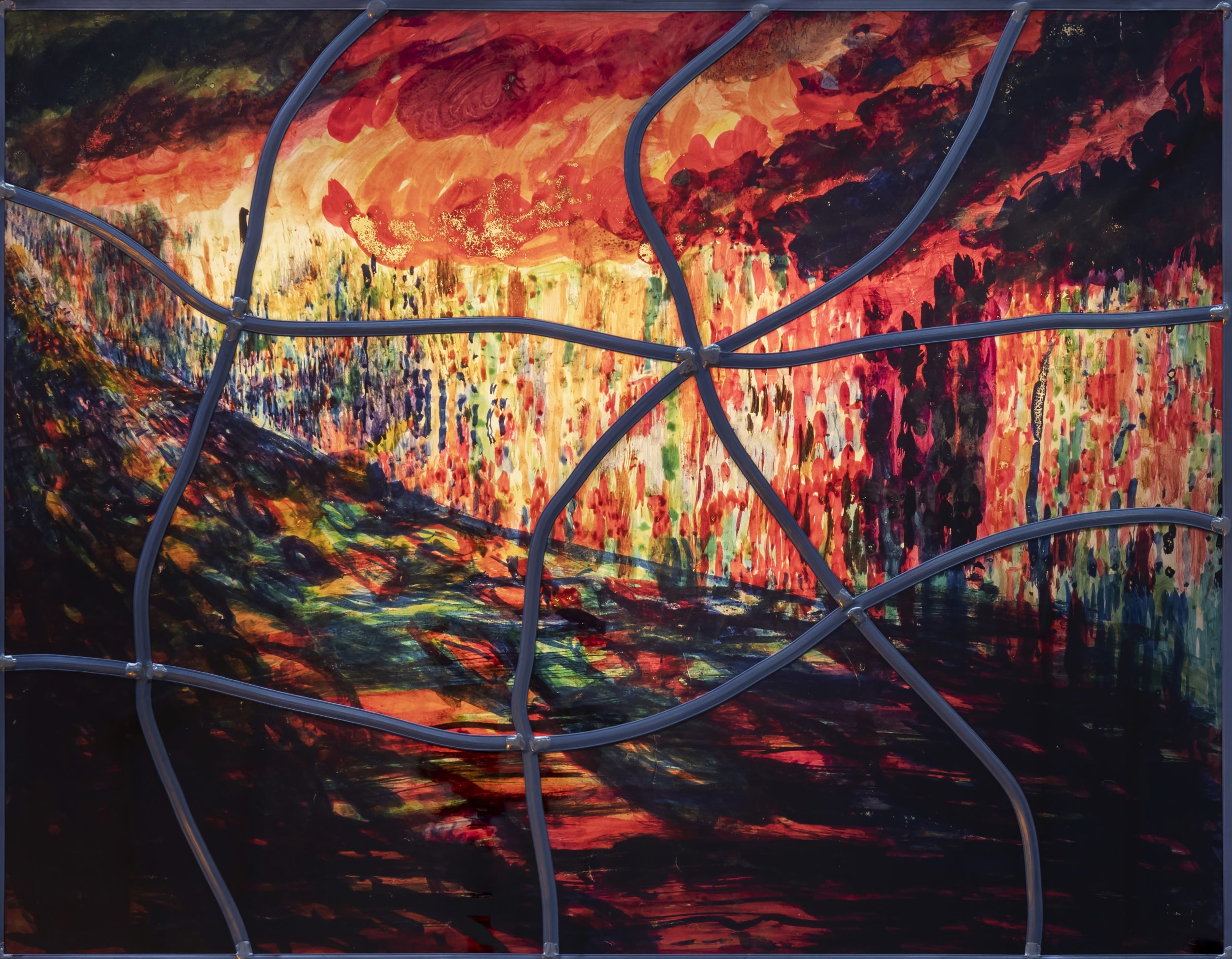- Closed Today
- Ticket
- Shop
- Membership
- TR EN

Sarkis, 1938
Red stained glass series No: 8, 2020
Born in 1938 in Istanbul, Sarkis studied interior design at Mimar Sinan University before moving to Paris in 1964. In 1991 he was awarded the Grand Prix National de Sculpture by the French Ministry of Culture and Communication. His works are in the collections of nearly two hundred modern and contemporary art museums in North America, Europe, and Asia.
Sarkis produces in a wide range of disciplines, including installation, photography, watercolor, and video. He is a versatile artist whose works are informed by such concepts as memory and remembrance. By considering that the visual world is composed of magical conceptual layers, Sarkis demonstrates that art is an activity born out of both the art historical past and the artist’s deep intuition. Through his works, each of which possesses multiple conceptual layers, he emphasizes how artistic practice is based on cultural and historical memory as well as the artist’s personal experiences. The works incorporate symbolic elements that are charged with intense meanings—for instance tar, feathers, light, iron, steel, fire, water—which often carry historical references from conceptual art, theater, film, architecture, and music.
“Red Stained Glass Series No: 8” uses a painting by the artist Aliye Berger, whose engravings are featured in the collection exhibition. Berger began this work right after a fire broke out in her studio, located in Narmanlı Han on İstiklal Avenue near the Tünel funicular station. Berger could not let go of her paints and paper despite the urgings of those who had come to extinguish the fire. Sarkis treats this painting as an important symbol of the great desire and enthusiasm that Berger had for art and her unrelenting devotion even at such a risky moment. For the lead lines of the stained glass, Sarkis was inspired by the Japanese technique of kintsugi, thus bringing together traditions of the East and West. Kintsugi is a ceramic repair technique that dates back to the fifteenth century in which an object’s past, breakage and repair is recognized as part of its memory and rendered visible.
Painting
Glass, lead, steel, LED (by Charlie)
49 x 62,6 x 10 cm
Istanbul Museum of Modern Art Collection
Hazer Özil Donation